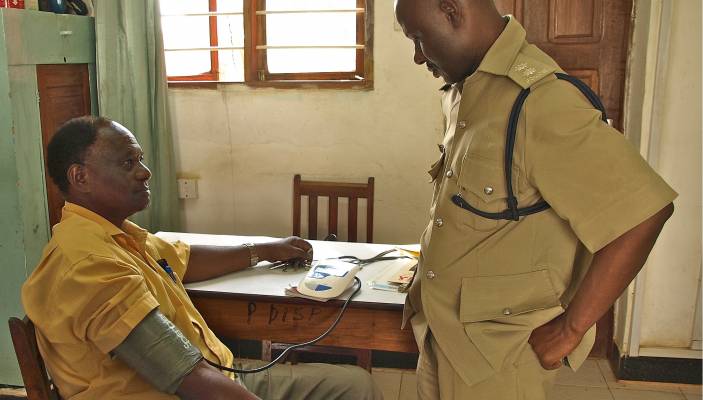Having been successful in ensuring people of ages are explicitly included in the Sustainable Development Goals (SDGs), HelpAge has turned its attention to the effort to develop a set of indicators with which to monitor progress against the goals and targets.
A crucial step in this process took place last week in Bangkok, Thailand at the second meeting of the Inter-agency Expert Group on Sustainable Development Goal Indicators (IAEG-SDGs).
For us, the indicators and the data collected against them are key in helping to ensure the commitments made, including in relation to ageing, are followed through. If efforts towards the SDGs are truly to “leave no one behind”, the indicators used to monitor them must be inclusive of all people.
Member states have made the commitment that no goal or target can be considered met unless met for all social and economic groups. This is why data must be collected, analysed and used for all people of all ages. At HelpAge, we know from experience that the adage “what gets measured gets done” is all too true – making the indicators the crucial piece of the 2030 agenda puzzle.
SDG indicators and older people
With over 200 indicators up for discussion, HelpAge has identified a small number of key indicators that could make the difference for people in older age.
However, we already see worrying signs, with a number of indicators in the draft set focused on people within a specific age group. For example, the indicators on violence against women are only to be collected for women aged 15-49. What’s more, despite the vast majority of deaths from non-communicable diseases (NCDs) occurring among people in older age, the indicator on NCDs will only track deaths in people aged 30-70.
Alongside efforts to influence thinking on these target indicators, HelpAge is strongly urging member states and the UN system to stand by their commitments to disaggregate data by age.
Productive discussions
The meeting in Bangkok comes mid-way through the SDG indicators process, meaning the 200+ indicators on the table have already been the subject of much discussion and debate.
Ahead of the gathering, the indicators were colour-coded green (general agreement with minor changes needed), yellow (issues to be discussed and resolved) or grey (further in-depth discussion and work on methodology needed).
Worryingly, only the yellow indicators were discussed at the meeting. There are significant unaddressed challenges among some of the green indicators. That they were not debated was a major cause for concern.
For HelpAge, the crucial yellow indicators were focused on social protection and health. We went to the meeting hoping for endorsement of a proposed International Labour Organization (ILO) indicator on social protection: the percentage of the population covered by social protection floors/systems disaggregated by sex, and distinguishing children, unemployed, old age, people with disabilities, pregnant women/new-borns, work injury victims, poor and vulnerable. We were also hoping to see support for an additional indicator on pension coverage.
Member states at the meeting were largely supportive of the ILO proposal, but there was no discussion on an indicator on pension coverage and it remains a work in progress.
On health, the proposed NCD indicator is a real sticking point for HelpAge. We strongly reject the concept of premature mortality based on chronological age, as articulated in the target and indicator: the probability of dying of cardiovascular disease, cancer, diabetes or chronic respiratory disease between ages 30 and 70.

We saw signs of hope ahead of the meeting when a number of member states raised the issue of the 30-70 age bracket in the written consultation, and were pleased to see this followed through at the meeting.
Seven out of ten member states who made interventions about the indicator called for the age bracket to be removed! Yet disagreement from the World Health Organization means there is still work to do in spite of the positive signs.
Online consultation on absent indicators
On the final day of the meeting, the IAEG-SDGs agreed that the lack of open discussion on the green and grey indicators was concerning. The group agreed to a further three-day online consultation, giving the opportunity to provide further feedback on the green indicators. We will use this opportunity to do our bit to make sure the SDG indicators are inclusive of people of all ages and fit for purpose in an ageing world.
Find out more:
- Read about our involvement in the post-2015 process.
- Watch Sylvia Beales’ speech to the 2015 UN General Assembly.
- Explore our work in social protection and health.
